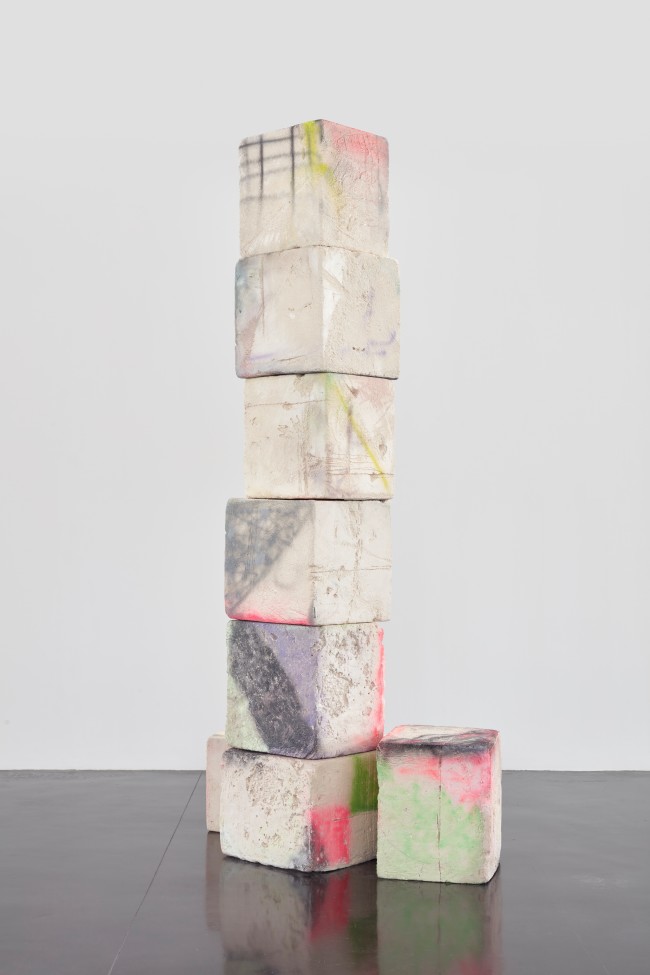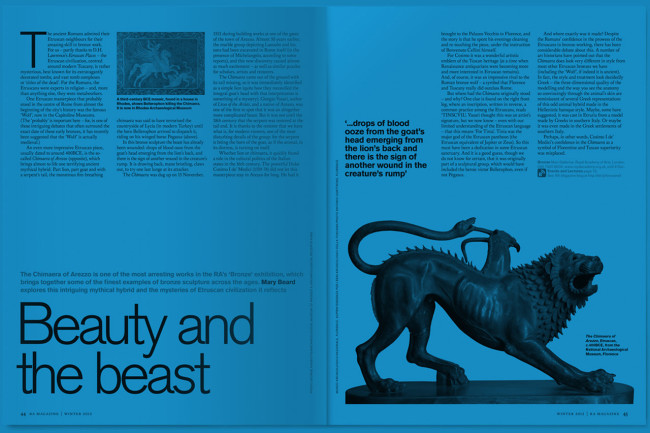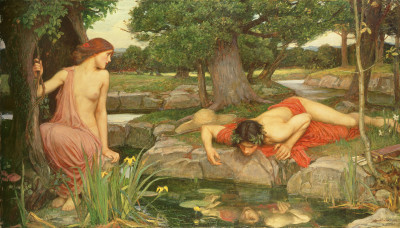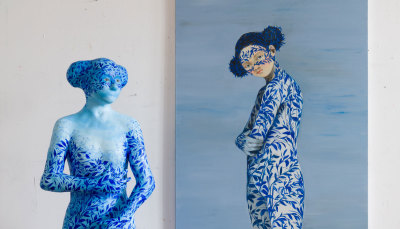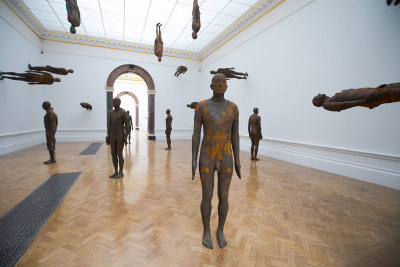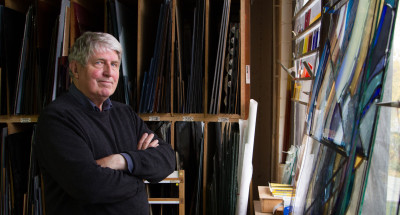How I made it: Ruins by Eva Rothschild RA
How I made it: Ruins by Eva Rothschild RA
By Alice Primrose
Published 22 November 2016
“There’s a loss of confidence in structures that we thought we could rely on, a sense of order that’s crumbling” – Eva Rothschild RA on the ideas and production behind her recent installation, Ruins.
-
-

Can you describe this work?
The sculpture looks like a stack of polystyrene blocks that have been graffitied and scratched. But these blocks are actually casts of the polystyrene cubes we use in the studio as supports while making other works. At the back of the piece, there’s an accumulation of “urban” litter – some cans of beer, some drinking bottles – but they’re casts too. It’s detritus you would expect to see at a public monument where people hang about and drink or spend time. Why cast the thing when you could just have the thing? Well, there’s something in knowing that the object isn’t what the eye is telling you it is; it destabilises your thinking about materiality, and that destabilisation is fundamental to the making of sculpture.
What are the techniques and materials used?
The blocks were cast in fibreglass and Jesmonite, using silicon and rubber moulds. The paint was applied directly into the inside of the mould so that it transferred onto the piece in the casting process, which meant I had less control of the outcome. The original polystyrene blocks probably have a similar lifespan to many monuments from ancient civilisation, and certainly last longer than the materials that make up the work.
What is the work about?
Material transformation really interests me. There’s an ecological anxiety around materials that we see as impermanent – we use them as if they were disposable but in fact they are not. The work is partly about the idea of civilisation in decline, that some things are still standing and seem permanent, but that’s not guaranteed. I made the work this year, and though it’s not polemical, it’s certainly influenced by recent political events. There’s a loss of confidence in structures that we thought we could rely on, a sense of order that’s crumbling.
-
-
What was the starting point for this work?
I am interested in the column and ideas in classical architecture of permanence and power. I was also thinking about the poem by Shelley, Ozymandias: the traveller seeing the remains of the colossal statue of the Egyptian pharaoh in the sand, and thinking at the time it was made, it seemed it would be there forever. There’s pathos in the idea of permanence.
Were there any major challenges?
The material I used is heavy, messy and expensive. The ceiling in my studio is not high enough to accommodate the sculpture when its fully assembled – and that’s the case for many of the works I make. So I have to make decisions while installing the work. For the exhibition in Walsall I hadn’t decided the order for the blocks, for example. I could only try out a stack of three in my studio. You have to trust that it will come together – which is nerve-wracking – but it makes the work very alive and in the moment.
How do you feel about the work now?
I’m getting used to it. For me there could be ten more versions. I think that’s what I like about the modular format: the boundaries aren’t fixed. I constantly refer to Brancusi and his Endless Column: a single symmetrical abstract shape stuck to another, repeated to produce a tower that could, in theory, extend to infinity. There’s a possibility for growth or destruction: an unstable reality.
Ruins is on view in Eva Rothschild: Alternative to Power, The New Art Gallery, Walsall, until 15 January 2017
-
-
Enjoyed this article?
Become a Friend to receive RA Magazine
As well as free entry to all of our exhibitions, Friends of the RA enjoy one of Britain’s most respected art magazines, delivered directly to your door. Why not join the club?

-
